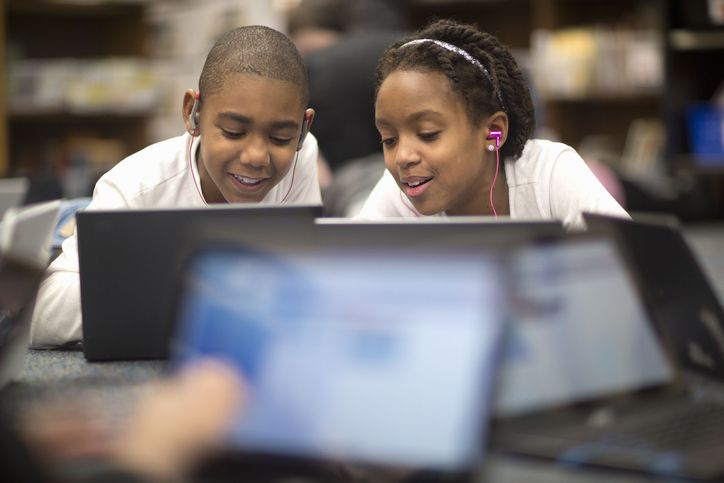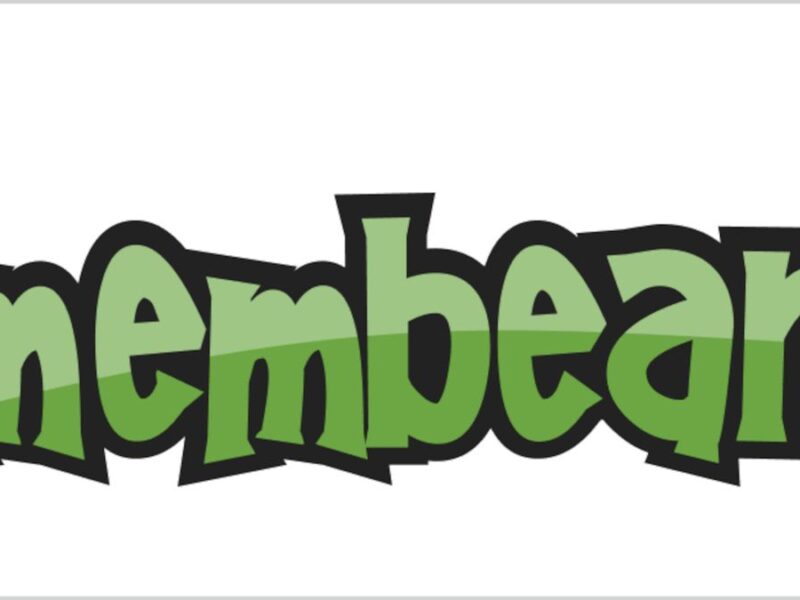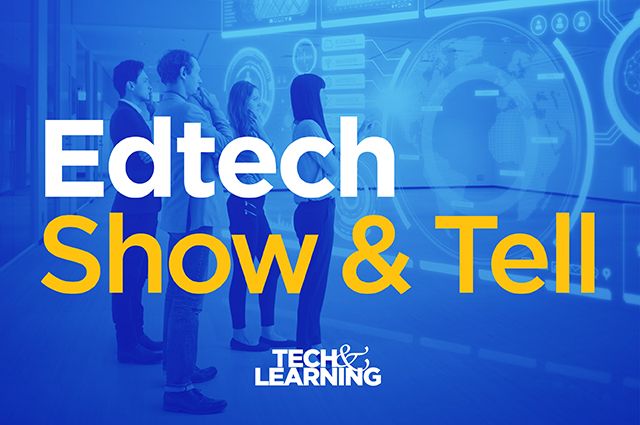Proceeding with the pedagogical focus of deliberate use of technology in training and discovering, this 2nd article in the three-part collection builds on the very first, Leveraging Technology to Assistance Lesson Creation and Guideline
While our pupils are likely digital natives, and have had many types of modern technology available to them since they got in the world, it does not imply that they will instantly connect with modern technology in schools in meaningful means. In addition, with the huge alternatives of tools and systems offered, we as instructors should utilize them for particular purposes with the objective of advancing learning end results.
Here are techniques for making use of modern technology to involve students in academic web content that have the potential to develop pupils’ visibility in discovering and add to deeper understanding.
Leveraging Animated Web Content
Sharing the heart of content with pupils commonly occurs at the beginning of the lesson and can sometimes be tiring to students. This typically does not have anything to do with the speaker of the lesson’s web content, and a lot more on the material itself and/or freshness of it.
One method to involve trainees in lessons is to make use of animation to present material. This can be done rapidly through an edtech tool such as Powtoon You can also use bitmojis or various other preferred personalities that your trainees are interested in to introduce the content to them in enjoyable and interesting ways.
Likewise, given that the computer animated material will certainly be recorded, trainees can pay attention to and engage with the videotaping more than as soon as, which is not possible with a real-time lesson. By re-watching the lesson, pupils will certainly be able to gain a deeper understanding of the content and might get something they missed the very first time (e.g. like rewatching a movie and finding out brand-new points).
Using Gamified Knowing
Gamification is not brand-new to education and learning, however some of the readily available games made specifically for education are new or have been customized to create even more durable experiences.
Digital retreat spaces , for instance, can develop exceptionally engaging discovering settings where pupils can connect to the lesson’s material while likewise developing their essential thinking, partnership, and interaction abilities. Lisa Whiston uses guidance on exactly how to make use of Nearpod to make an electronic escape area
iCivics is an excellent internet site for gamifying social studies, background, and government content, and the games are already built on there. In addition, there are game trailers so pupils can decide if they want the video game before playing, along with Google Slides combinations for instructors to link the games to lessons.
Other prominent video games such as Roblox and Minecraft are other alternatives to think about, depending on the content and objectives of the lesson.
Exploring Experiential Experiences
Experiential learning has actually always been a pillar of involvement, and the edtech platforms offered give numerous pathways for pupils to “learn while doing,” as the late John Dewey stated.
Giving trainees with opportunities to take part in virtual labs and simulations via sites such as PhET and Labster are excellent choices for STEM lessons, consisting of biology, chemistry, planet and room science, physics, statistics and a variety of math subjects.
If you are interested in taking trainees to go to museums and other arts and social sites, however do not have the time or funding, digital sightseeing tour are a wonderful way to keep students engaged while revealing them to rich and differed artefacts. Tech & & Knowing has curated a best online expedition list. In addition, Google Arts and Society and Google Planet both deal interesting means for students to get in touch with a varied series of content and can be flawlessly interested in lessons.
As you see, there are plenty of chances to engage learners in lessons throughout scholastic material locations. With many choices, trainees can choose what they are most interested in, and connect with understanding in genuine ways.


